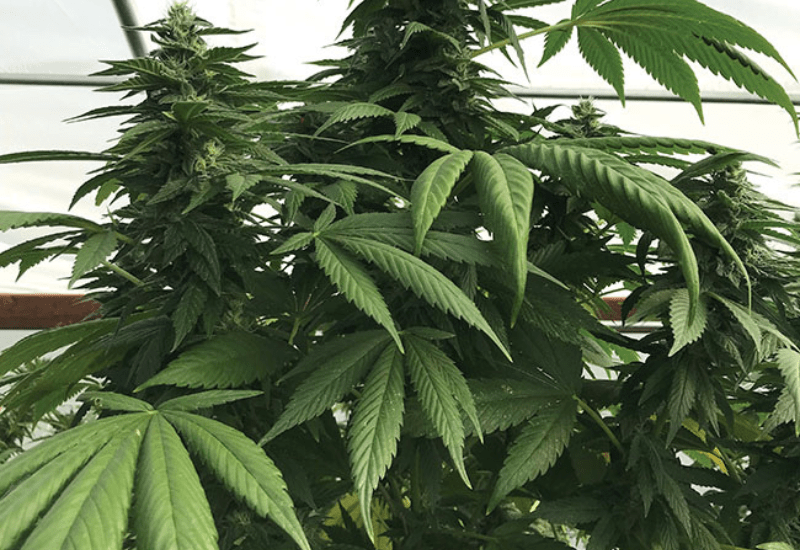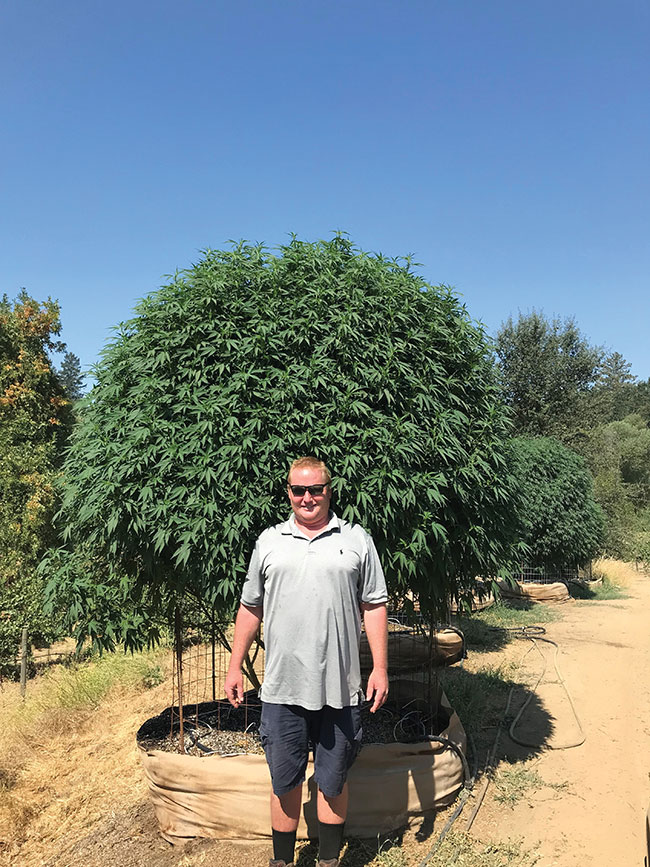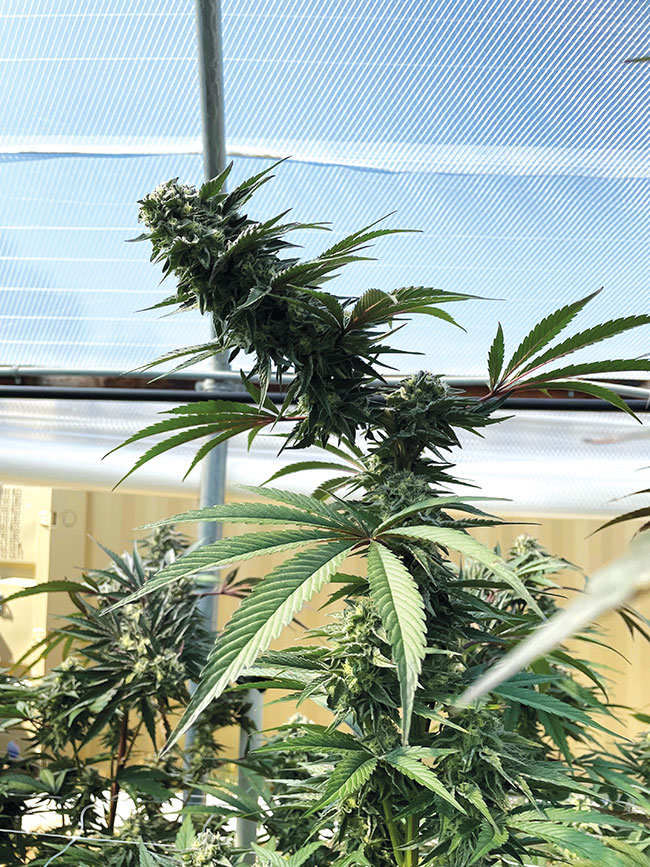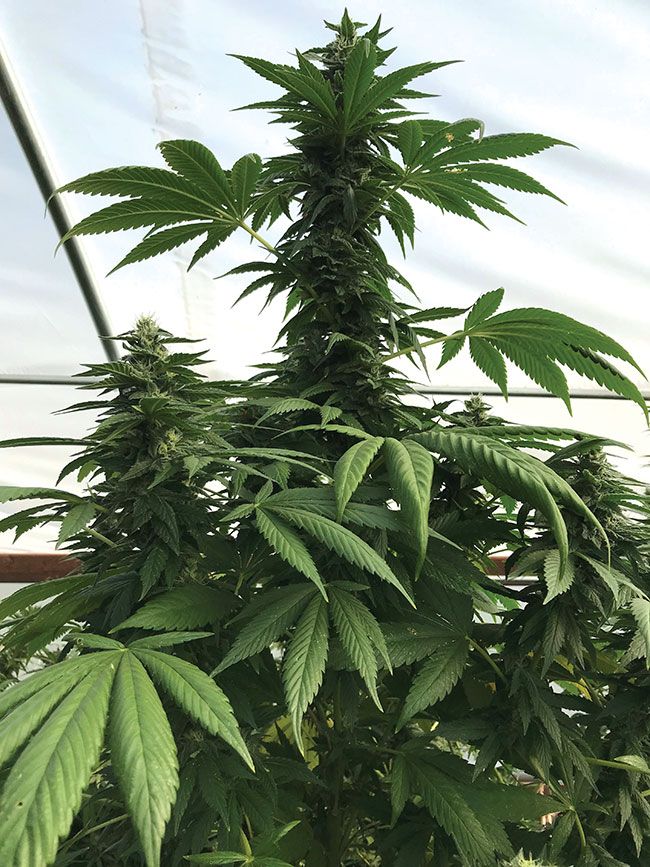
Cannabis plant nutrition
To efficiently grow cannabis, the plant requires three key nutrients — nitrogen (N), phosphorus (P) and potassium (K). Nitrogen is important for the proper development of foliage and proteins, phosphorus is crucial for flower, root and seed development and potassium is essential for overall plant health.
Since Cannabis tends to be a delicate plant, it requires different amounts of these essential macronutrients depending on its stage of development.

Dr. Shiv Reddy, a grower services specialist at SunGro Horticulture, explained how cannabis naturally interacts with nutrients.“It helps to know the physiology of cannabis so you can synchronize cannabis nutrition with its natural traits,” Reddy said. “For example, when you supply nutrients at a low but steady level, cannabis plants can remain small without any deficiency symptoms. When you supply nutrients at a high level, the same plant can shoot up to six feet. By adjusting the level of nutrients, you can grow your favorite strain of cannabis in any environment.”
Reddy shared that growers can utilize these nutrients to “guide feeding practices during cultivation” and recommended growers ask several questions when addressing cannabis nutrition.
WHERE DO GROWERS START WITH THE PROPER NUTRITION OF CANNABIS?
Test the water to see if it is adequate for cannabis. Pro tip: tap water could already have nutrients, such as calcium or magnesium — great for growing cannabis.

Check what nutrients are available in the soil mix. “A soil mix with an excess baggage of nutrients – especially if their availability to cannabis is complex – would be difficult to manage,” Reddy said. “It’s better to start with a plain mix so you can control the nutrients going into the soil mix. Then, add balanced nutrients to the water.”
WHEN DO GROWERS OBSERVE NUTRIENT DEFICIENCY SYMPTOMS IN CANNABIS?
According to Reddy, growers often see nutrient deficiency when “a nutrient suddenly becomes unavailable to a rapidly growing cannabis plant.”

How much nutrient concentration should growers use for cannabis plants?
Cannabis growth depends on “the absolute concentration of nutrients (growers) supply and the quantity of nutrients available to it over time,” Reddy said.

Growers can grow cannabis with low nutrient concentrations, however, having low concentrations available to the plant may not be easy. For a safe, quality production, Reddy recommended growers target an EC of 1.5mS/cm in the root zone.

CAN CANNABIS REGULATE NUTRIENTS ON ITS OWN?
If there are extra nutrients within the soil, cannabis plants can take in the extra nutrients and reserve them for drawing during future storage.
“Because of these reserves, you don’t see cannabis showing deficiency symptoms immediately after you stop supplying a nutrient,” Reddy said. “After the reserves are over if nutrients are still not available to roots, cannabis moves nutrients from old leaves to meet the demand from new leaves and flowers, so it can continue to grow and complete its life cycle.”









